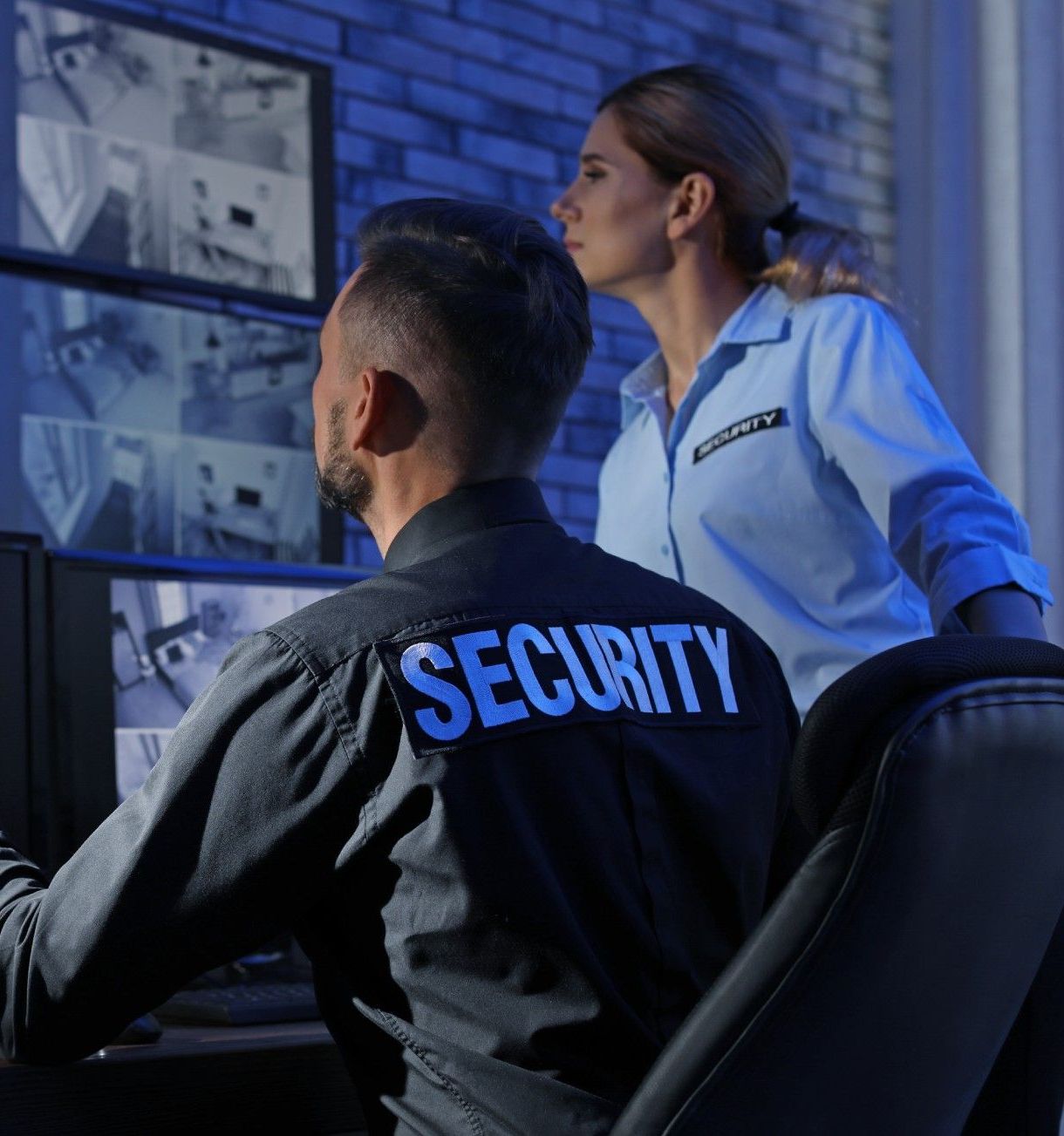Alarm Response
Observe - Protect - Secure - Defend
Alarm Response
Security alarm response refers to the actions taken when a security alarm is triggered. This service typically includes the following components:
Monitoring
Continuous surveillance of alarm systems to detect triggers, such as unauthorized access, fire, or emergencies.
Rapid Response
Dispatching trained security personnel or law enforcement to the location of the alarm as quickly as possible.
Assessment
Upon arrival, responders assess the situation to determine the cause of the alarm and whether there is a security breach.
Reporting
Documenting the incident and actions taken, which can be useful for further investigation or insurance purposes.
Communication
Keeping the property owner informed about the situation and any necessary follow-up actions.
Post-Incident Review
Evaluating the response to improve future protocols and prevent false alarms.
Verification
Confirming whether the alarm was a false alarm or if immediate action is required (e.g., securing the premises or calling emergency services).
Effective alarm response services help ensure quick action, minimizing potential damage or loss.
Alarm Response Process
The alarm response process typically involves several key steps to ensure a swift and effective reaction to triggered alarms. Here’s an outline of the process:
Alarm Activation
An alarm is triggered by a sensor, such as motion detectors, door/window sensors, or fire alarms.
Monitoring Center Notification
The alarm signal is sent to a monitoring center, where operators receive and assess the alert.
Communication
The response team communicates with the monitoring center and, if necessary, with local law enforcement to coordinate actions.
Dispatching Response Teams
If the alarm is confirmed, security personnel or law enforcement are dispatched to the location.
Arrival and Assessment
Upon arrival, the response team assesses the scene for any signs of a breach, threat, or emergency.
Documentation
Detailed reports are created, documenting the alarm incident, response actions, and outcomes for future reference.
Verification
Operators may attempt to contact the property owner or check for any indication of a false alarm (e.g., visual verification via cameras).
Incident Management
If a security threat is detected, the team takes necessary actions to secure the area and manage the situation (e.g., detaining intruders, evacuating, etc.).
Follow-Up
After the incident, follow-up may include reviewing the response effectiveness and discussing any necessary changes to security measures or alarm systems.
We Are Here 24/7 for All of Your Security Needs
Your Safety Is Our Priority, Call Us Today for A Free Security Quote at (707) 652-4465.

